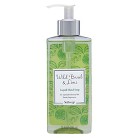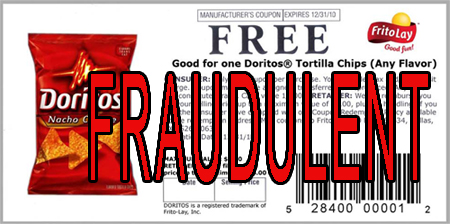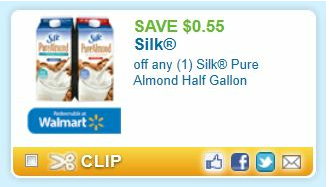I was inspired to do this experiment after an article on Yahoo Finance about ways to save money on food. One of the suggestions to save money was to switch to generic products. What really inspired me was a discussion of this article in the frugal forums and one person noted that she actually really can’t afford to buy generic products because she saves more by buying brand name products with coupons.
So I decided that I would do a little experiment. I took ten coupons that are currently good to use and came from Sunday newspaper coupon inserts for different food and household items. I would price those items at my grocery store and see what came out cheaper the brand name product with coupon or the generic product.
However, I had to account for a couple of things. Not everyone shops at my grocery store. So I decided to price these items at a national grocery chain: Super Walmart. Also, for a couple of these products Walmart didn’t offer a generic product so instead I compared to the cheapest available on the shelves.
Like I said my sample was very small: only ten coupons. You can see the results of this experiment here. But the results are this: I would spend an extra $0.48 at Walmart buying these brand name products even when using a coupon to purchase the item. But because the person who originally made the comment that inspired this experiment shops at a grocery store that doubles coupons, I decided to run the scenario where coupons up to a face value of $0.99 where doubled at Walmart. Walmart does not double any coupons but I wanted to see the difference that would make. Some of the coupons I chose could be doubled and after they were doubled I saved $1.41 by using coupons if Walmart doubled coupons.
Having to price these items at Walmart gets rid of a significant variable that leads to bigger savings when using coupons: grocery store sales. Because of its “everyday low price” Walmart very rarely has sales that can compare to loss leader sales grocery stores have. The fact is that you can find some items cheaper at your grocery store than at Walmart. Therefore, if you were to perform this type of comparison at your grocery store you could observe greater savings after using a coupon.
Not very much can be inferred from my experiment due to the small sample and the fact that I had to price these items at Walmart. However, I do think that having a grocery store that doubles coupons can lead to greater grocery shopping savings when buying some brand items than buying the generic product. So, if you have a grocery store that doubles coupons near you and you are not taking advantage of it consider start doing so, you may be wasting a great source of savings.
If anything, I hope that this little experiment leaves you wondering about whether you should conduct an experiment of your own and identify items that are cheaper than the generic alternative if you use a manufacturer issued coupon.
UPDATE: I have updated the spreadsheet and the results to reflect the point made by Jennifer: That in order to properly calculate savings I had to “purchase” the amount of products as stated in the coupon for both the brand name item and the generic brand.






